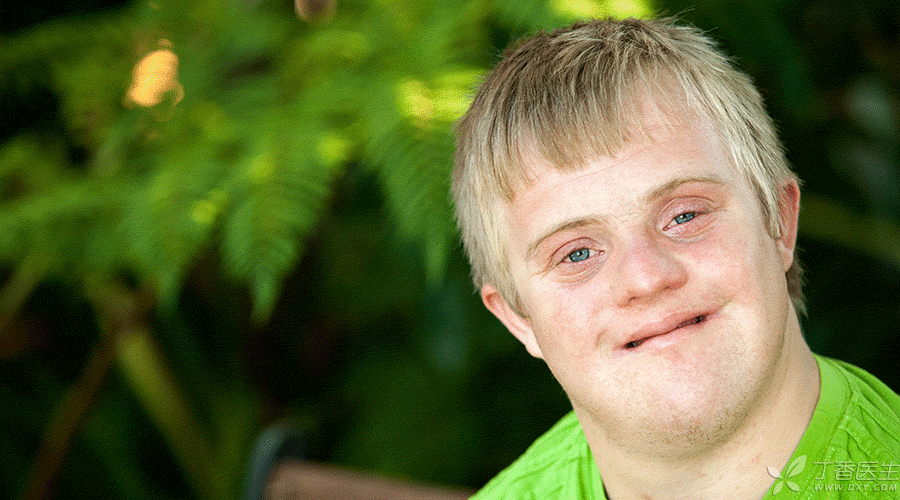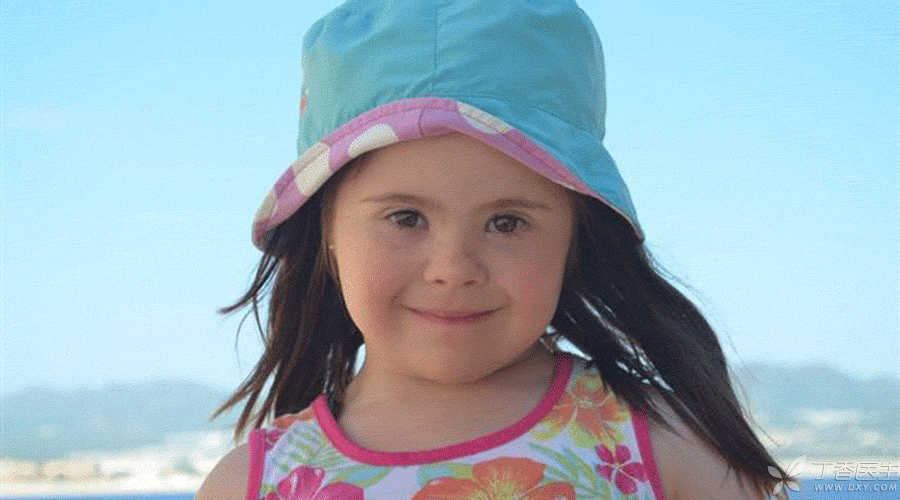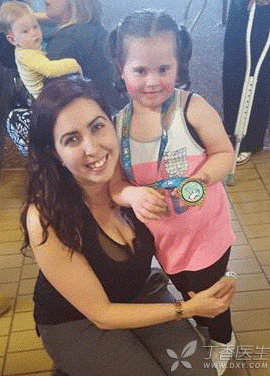In March 2016, a lovely dance video of a 6-year-old girl was widely reprinted on the Facebook of the Canadian Down Syndrome Association. After watching the video, my mood could not calm down for a long time. Because the girl in the video, Anna, is a child with Down Syndrome.
Children with Down’s syndrome, which we know well, look different from other children. Their average intelligence is only half that of ordinary children, and they are basically unable to take care of themselves.

In the eyes of most people, children with Down syndrome can only rely on the care of their relatives at all times and will never be able to integrate into normal life.
In the following video, Anna gave us an amazing two minutes. She was full of vitality and, together with the dance teacher beside her, presented a perfect dance. Not only did she not fall behind step by step, she even made many difficult dance moves.
The perfect dance movements and lovely facial expressions make it inconceivable that she was a child with Down’s syndrome.
Because among the countless sick people, Anna was able to integrate into life, which is only a rare special case.
3 years old-the beginning of learning dance
Anna’s mother said that when her daughter was 3 years old, the kindergarten teacher encouraged her to learn dancing. However, for Anna and her mother, they experienced too many difficulties to have the result today.
However, given Anna’s situation, it is very difficult to find a suitable dance studio.
At first Anna studied in a dance studio. After only one class, she was told that she could not keep up with other children.

The Dance Road to Start Again
After being rejected by the first dance studio, Anna’s mother made up her mind that since she wanted her daughter to learn dance, she would find a better environment for her daughter, and once again embarked on the road of finding a studio.
Soon after, she received a notice from Amanda’s dance academy that she was willing to accept Anna and arranged Anna in street dance classes and ballet classes. It is hard to imagine how happy the mother and daughter were at that time.
Before long, the dance presented by the teacher and Anna greatly exceeded her imagination. For Anna, whose body coordination is far less than that of normal children, it is hard to imagine how much painstaking efforts and efforts have been made.

Thanks to people who do not discriminate
Anna’s mother was very happy about the incident. She said Amanda’s studio was very relaxed, where other children and parents would not treat them differently, nor would they restrict Anna or wear colored glasses to judge her.
Amanda, Anna’s dance teacher, said: “Every child should have the opportunity to dance, and most importantly, Anna herself has been able to adapt to all the courses we arrange.”
For every life I want to say
Although Anna’s example of such integration into life is only a few of many children with Down syndrome, in recent years there have been many children with Down syndrome who can integrate into life.
No matter how they live, they are still their beloved children to their families.
While calling for a reduction in the birth rate of children with Down’s syndrome through prenatal screening, we also hope that people will give more goodwill and care to the children with Down’s syndrome around them. For every life, we have the right to be respected and treated equally.
The existence of anything is reasonable. It is unfair to any vulnerable group to treat it differently because it is different.
If you are a stranger facing Down’s children, please accept their appearance and their heart. Facing such a large number of groups, all we can do is to be kind, right?
Prenatal check-up can be avoided
While we are moved by little Anna and cheer for her future, I still don’t want more such tragedies.
We have repeatedly called on pregnant mothers to carry out prenatal screening (Tang screen) or amniocentesis.
Down’s screening is referred to as Tang’s screening for short. Down’s screening is divided into early Tang’s screening (usually 9-13 weeks during pregnancy) and middle Tang’s screening (usually 15-20 weeks during pregnancy).
Down’s screening is done in this way. Doctors combine NT color Doppler ultrasound, blood tests, the expected date of delivery, weight, age and other conditions of pregnant women to calculate the risk factor of pregnant women giving birth to congenital defects.
It should be emphasized that the purpose of Down’s screening is not to diagnose Down’s syndrome, but to screen fetuses with higher possibility of suffering from the disease to determine whether further examination (amniocentesis or non-invasive DNA) is needed.
However, amniocentesis and non-invasive DNA testing both have certain limitations and even risks, but it is hoped that mothers will choose less harmful ways to avoid the birth of Down’s children as much as possible under the doctor’s advice and their own balance.
Because for mothers and children, once the baby suffers from Down’s syndrome, it will be a tragedy that accompanies a lifetime.
Even if we see sunshine and hope in little Anna, it is only a short period of happiness and romance. It is difficult to guarantee that she will still be so happy in the days to come.
